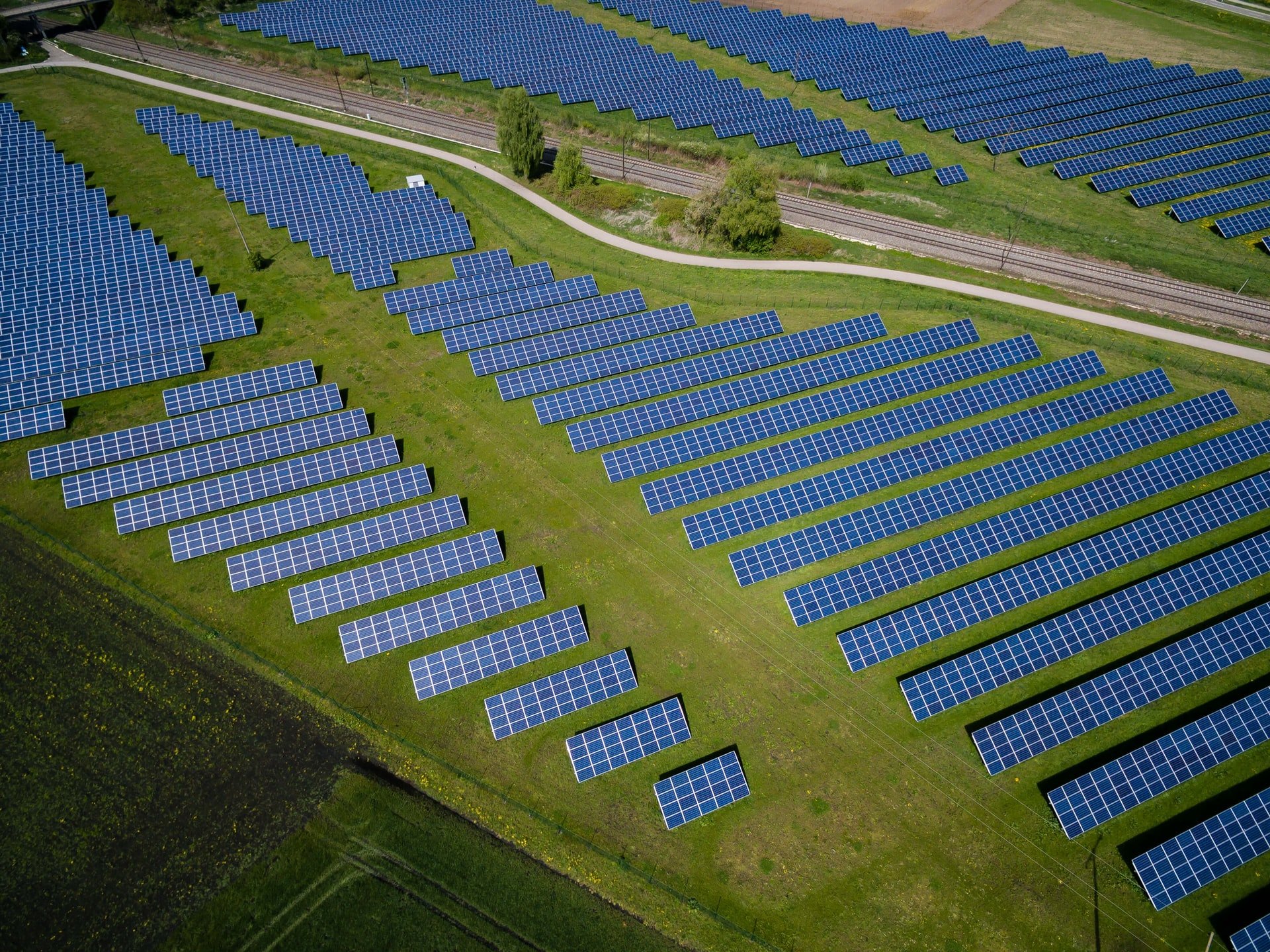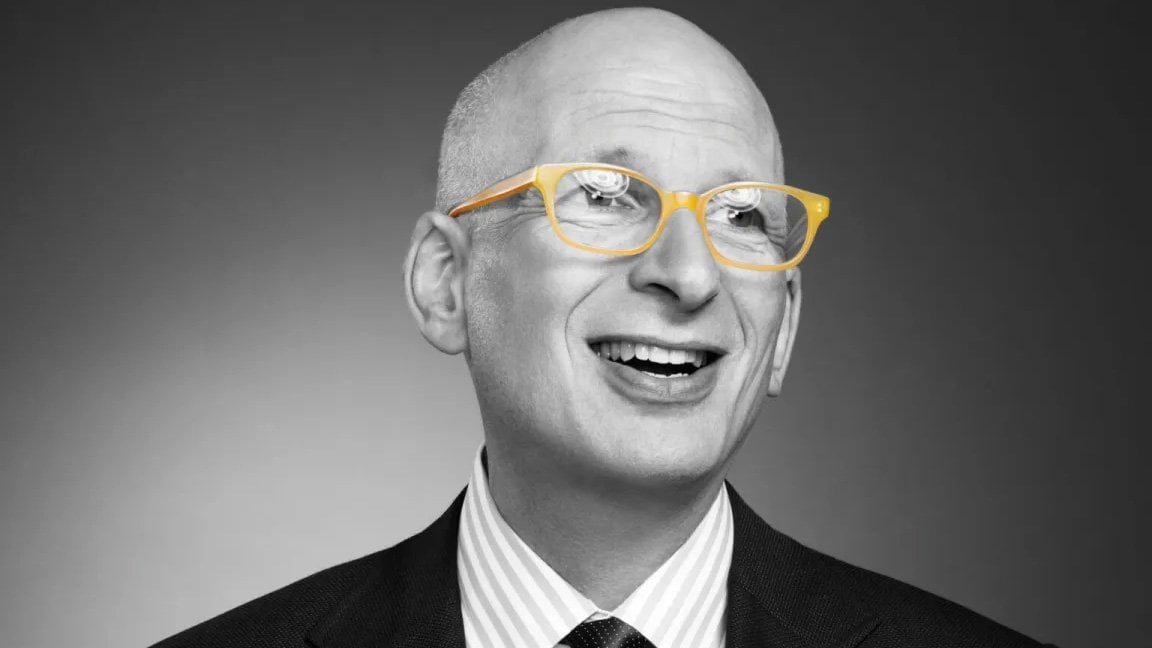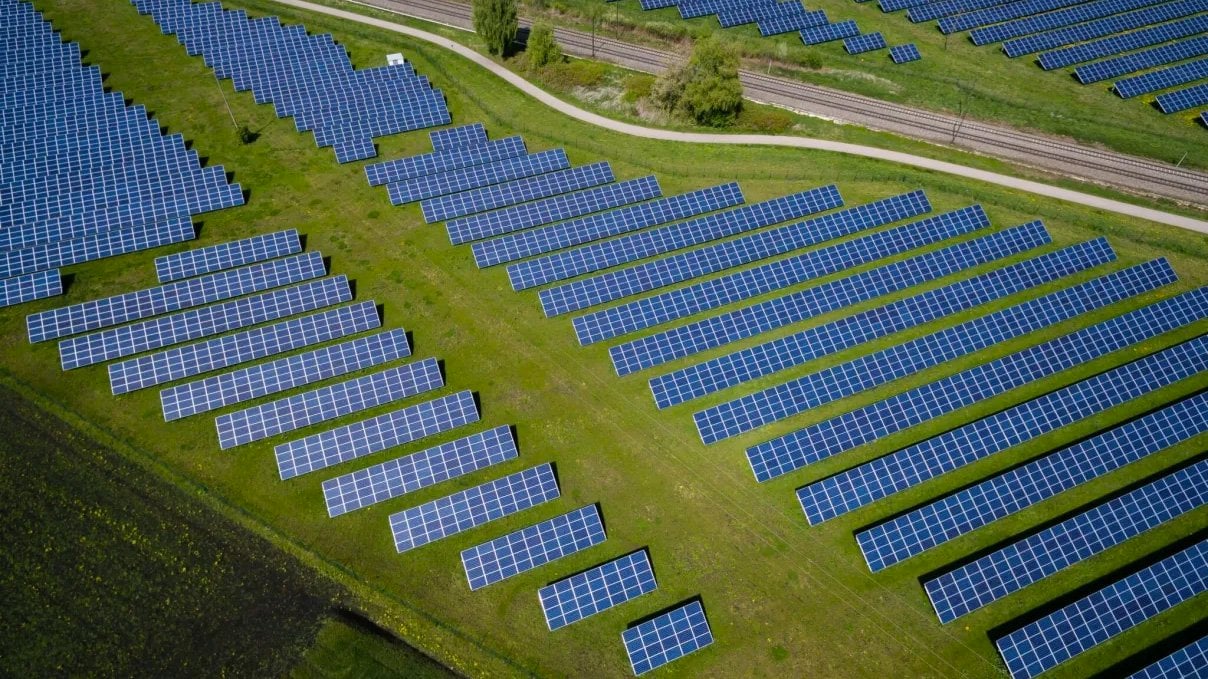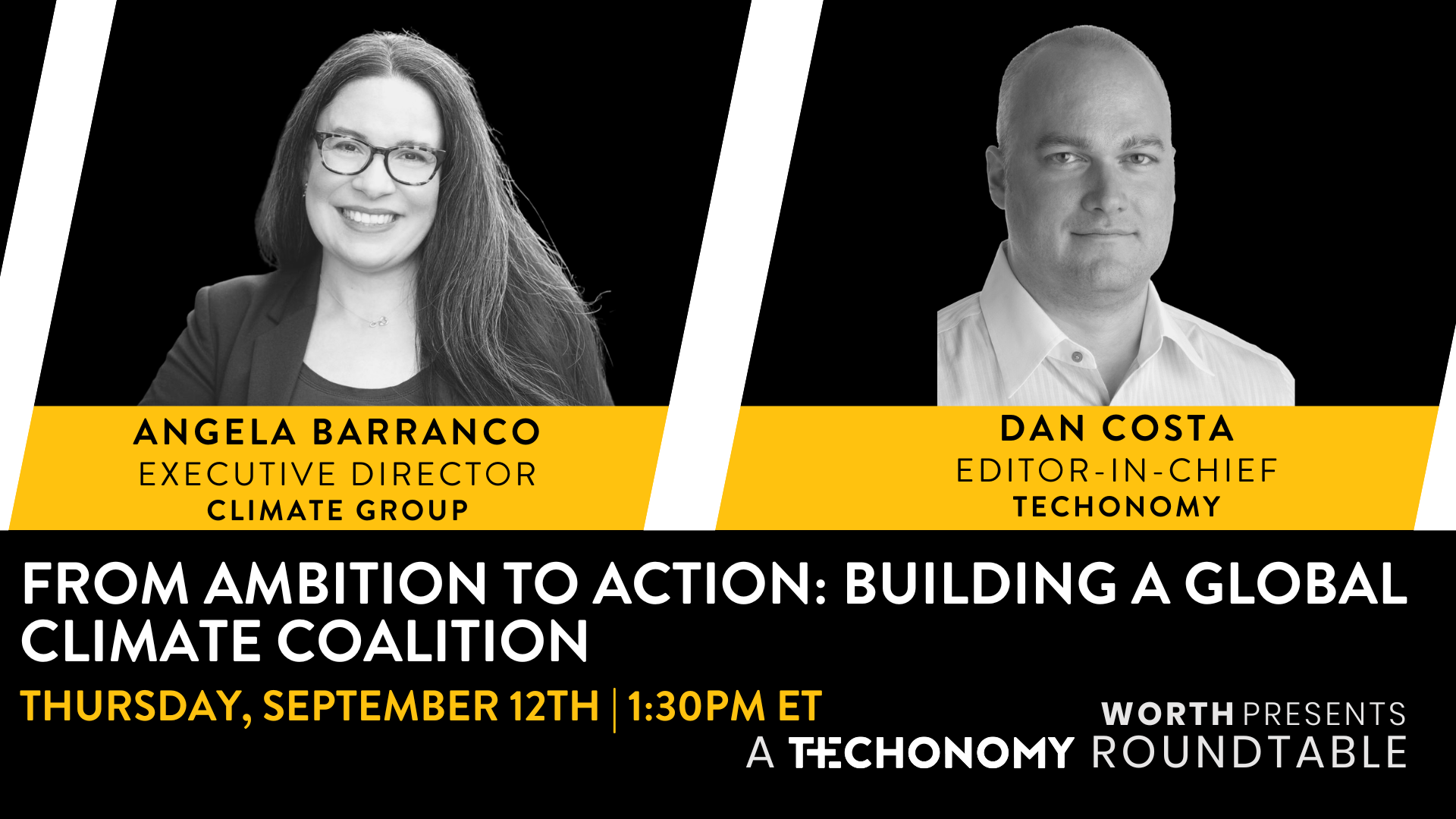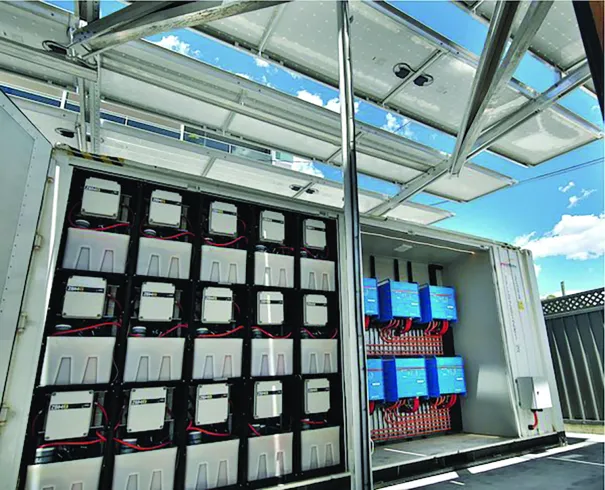The recent urgent climate discussions at COP26 in Glasgow reinforced our understanding that current climate pledges by countries do not go far enough. Even with the latest Nationally Determined Contributions (NDCs) from 192 territories, the world can expect a mean temperature increase of 2.7°C by 2100 and likely a 16% rise in global greenhouse gas emissions (GHGEs). Every tenth of a degree of warming makes a difference if we are to avoid catastrophic climate change. Governments and businesses must act urgently to accelerate the transition to a net-zero carbon economy.
While disruption is inevitable, this moment offers an opportunity for incredible innovation. Research increasingly indicates the path to continued profitability lies in pivoting to sustainable growth.
Getting the U.S. on the road to a carbon-free economy will require $2.5 trillion in spending over the next decade, one authoritative study concluded. But we’re already seeing the results of early investments: clean technologies created $1 trillion in value for investors in 2020, reports the World Economic Forum. New investments aside, efficiency improvements can improve sustainability indicators across existing value chains by optimizing performance and identifying areas to reduce waste and GHGEs. Technology offers the toolkit for both use cases, and crucially for industrial leaders mapping a course for a sustainable future.

This mission for industry has been my passion for most of my professional career. It’s been particularly prominent for the last decade at Schneider Electric, where I was EVP for industrial automation until last May when I took the role of CEO at AVEVA, whose industrial software helps leading multinationals save 15-30% in energy costs, reduce carbon dioxide emissions by 9-15%, and cut industrial downtime and waste by 25%. AVEVA’s experience working with over 20,000 industrial customers across more than 40 countries has given us extensive insights on the data-led innovation critical to driving performance, profitability and sustainability. Here are three ways industrial companies are doing so.
Leveraging data to optimize the entire value chain
Aker, a Norway-headquartered leader in sustainable energy solutions, created the first plant of its kind in transforming captured carbon dioxide into fertilizer. The result not only enables Aker to significantly reduce CO2 emissions from industrial flue gases, but it has turned those emissions into actual productive assets. The captured CO2 can also be transported via ship or pipelines for permanent storage elsewhere. Aker is now sharing that know-how as an offering for other companies.
This innovation could have only happened by embedding digitized data across the entire operations lifecycle, and then using it to optimize production, improve efficiencies, and design new processes. AVEVA worked closely with Aker on this carbon capture engineering technology, and we extended our partnership this year so that other companies can leverage it at a global scale.

These types of innovations are possible and practical at a time when 80% of instruments in plants are connected to the internet of things (IoT). This data is essential currency for industrial enterprises in mapping every step of the production process, allowing complex businesses to develop a meaningful digitization strategy and execute it on the ground. Platforming this data across the organization and applying predictive artificial intelligence (AI) is also helping industrial companies and manufacturers optimize operational performance and reduce downtime while tracking for sustainability goals.
Digital Twins help map sustainability metrics to industrial data
We already appreciate that data-led technologies can similarly be put to work in the battle against climate change. What is harder to do is to track and monitor greenhouse gases across the value chain, enabling industries to reduce carbon emissions with a systematic, comprehensive strategy designed to meet net-zero targets and incorporating sustainability into all facets of the business and drive meaningful innovation.
To help calculate risk/reward scenarios both for financial gain and for ESG benchmarks, we employ Digital Twin technologies, which create a virtual representation of physical assets so that companies can predict the outcome of various operational changes. Digital Twins are vital in enabling step-by-step strategies toward measurable improvement for long-term change. The results also give stakeholders across the organization a common goal.
A good example is Henkel, a manufacturer of household products such as washing liquid Persil. To support its customers and align with its sustainability commitments, Henkel built a digital backbone that connects its global operations in the cloud; that’s 3,500 sensors in each site providing 1.5 billion data points to meet fluctuating demand while reducing energy usage. To date, Henkel has reduced its environmental footprint by one-third, using less energy, less water and producing less waste.
Partnerships across the ecosystem to realize economies of scale
Technology cannot win the battle on its own. Alongside digitalization and innovation, cross-sector partnerships are fundamental in supporting organizations as they develop, invest and deploy technology to meet the world’s net-zero climate ambitions. Accelerating progress on sustainability requires breakthrough collaboration with suppliers and competitors to innovate at scale.
I’m particularly proud of AVEVA’s long-standing partnership with Microsoft to help customers facilitate sustainable business outcomes in industry by leveraging cloud technologies and big data analytics. The two companies, for example, support the energy transition vision of TechnipFMC, a leading technology provider to the energy industry. We work together on a range of sustainable implementations including green hydrogen, floating liquefied natural gas and other global projects. A joint solution deploying the AVEVA E3D software ran a dynamic flare header simulation that helped reduce the amount of steel used in the ultimate design by 34%. The exercise saved TechnipFMC €20 million, helped optimize the value chain and minimized the use of carbon-intensive resources.
These digital tools support collaboration across organizations and have proved their worth over the pandemic. Leveraging these solutions to partner organizations can help business leaders drive innovation, achieve systemic gains, and deliver enhanced value for stakeholders.
Make the choice to prioritize sustainability
Regulators and consumers are already pressing brands to embed sustainability across their operations. About 80% of major international companies now report on sustainability, and thousands of enterprises have committed to net-zero emissions by 2050 through initiatives such as the Race to Zero and Business Ambition for 1.5°C, including AVEVA. Now comes the hard part of achieving those objectives.
COP26 has made it clear that we must act now to protect the planet for ourselves and for our children. UN General Assembly President Abdulla Shahid’s words from the opening of the conference still ring true: “We are entirely capable of turning this around, if we so choose.” We do. And we must.

